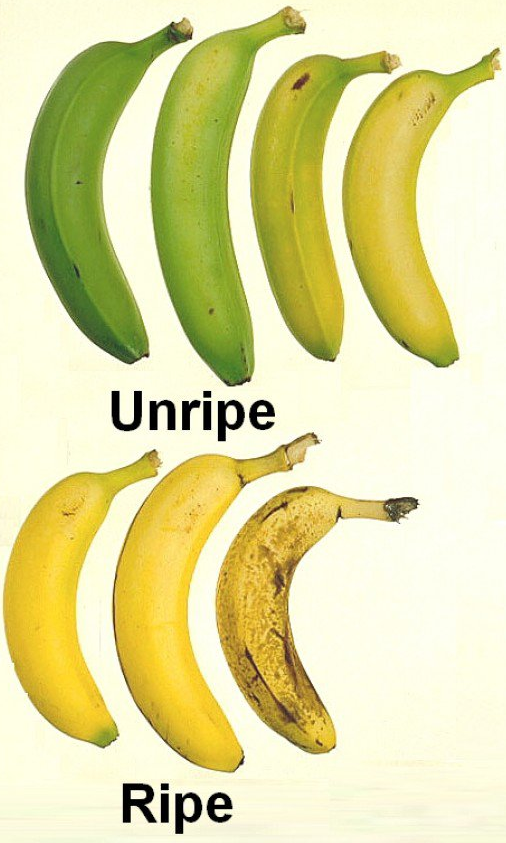
1. Remove the stem on an avocado and check the color underneath to see if it's ripe.

2. Look for the lightest part of a watermelon. If it's white, it's not ripe yet. If it's yellow, like you see here, then it's ripe.

3. The leaves and the scent are the easiest way to see if a pineapple is ripe. The leaves on the stalk should be easy to pull out and the stalk should smell pleasantly sweet.
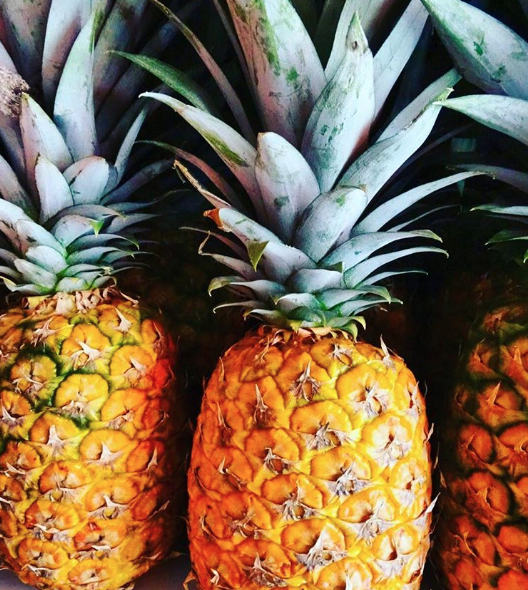
4. Give that artichoke a good squeeze. It should squeak if it's ripe.
5. Heavy oranges are juicier.

6. And they should give easily if you gently squeeze them.

7. A ripe coconut should sound like it's filled with liquid. If they sit around a supermarket for too long, they dry up on the inside.
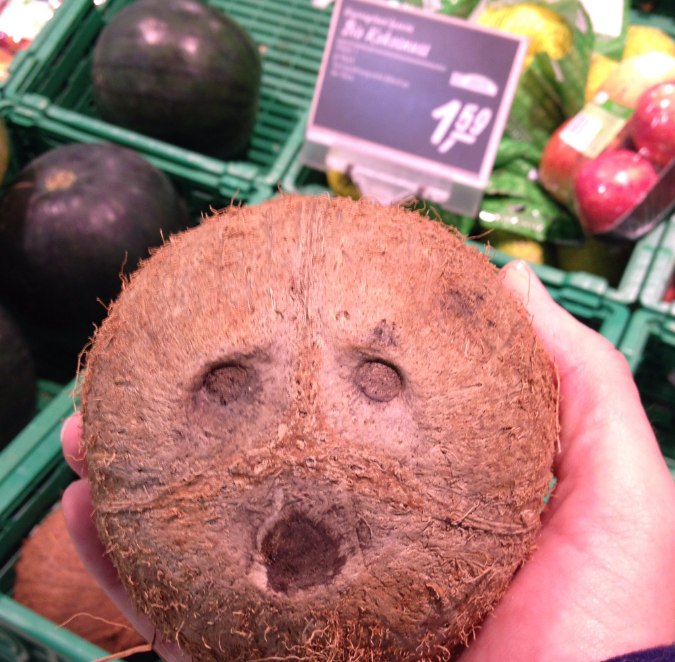
8. If your melon still has a stem attached to it, it's not ripe yet. When a melon is ripe, the stem falls off entirely.
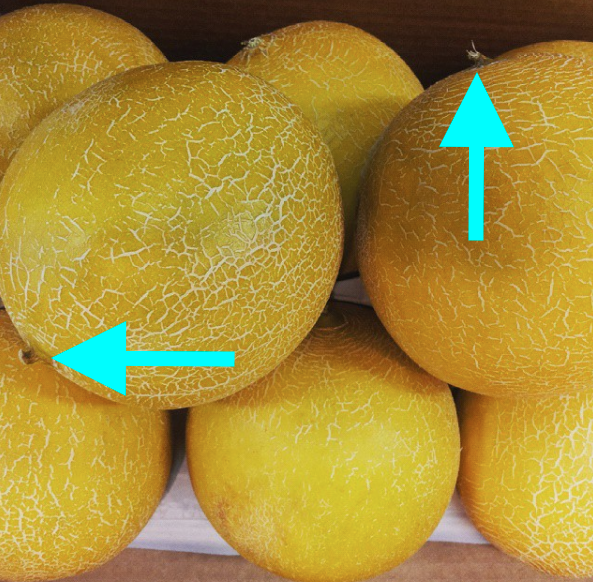
9. Don't let the color of a mango throw you off. They should give a little when you press them, and they should give off a good, fragrant smell.
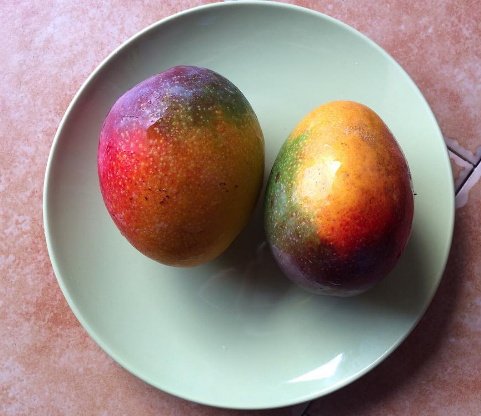
10. Peaches as well! The color is less important than the smell. Ripe peaches should smell sweet.

11. Give a fig a gentle squeeze. If it gives slightly, it's good to go. If the place you pressed stays indented, it's overripe.

12. Same with strawberries. If they've got bumps and dents from the containers they're in, they're already overripe.
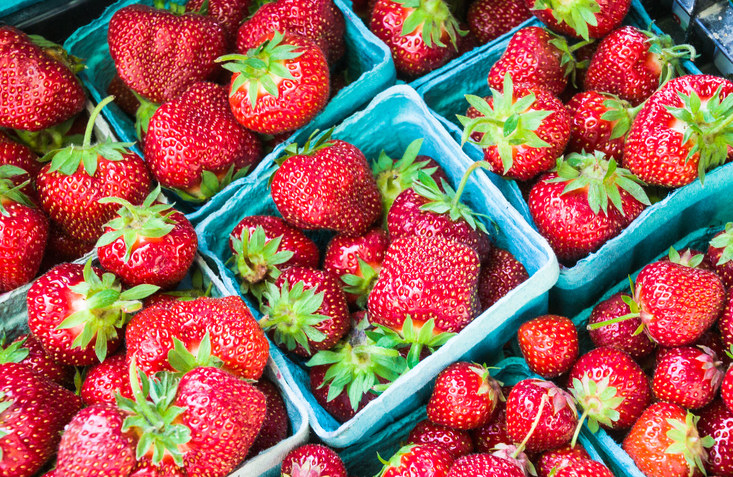
13. Grapes should have a greenish yellow color when they're ripe. If you shake a bunch of grapes and they come loose, they're not going to be good for much longer.
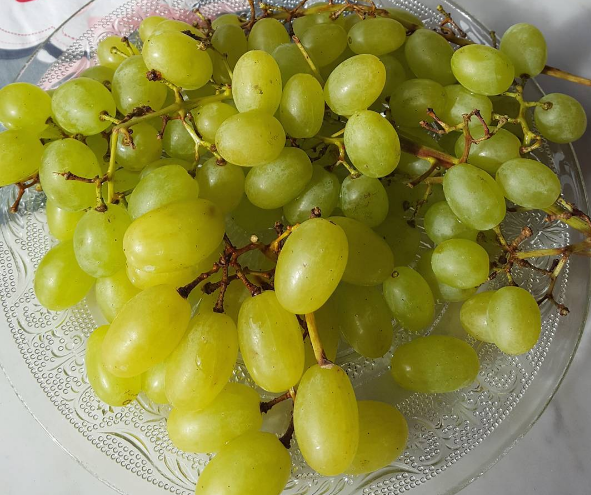
14. And finally, bananas are best when they're yellow. When they start to get brown spots, they're becoming overripe, but that's also when they're the sweetest.
